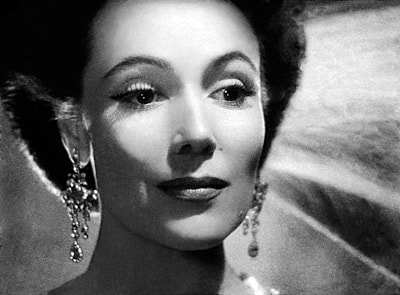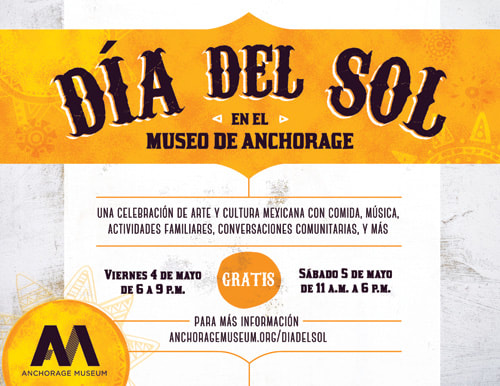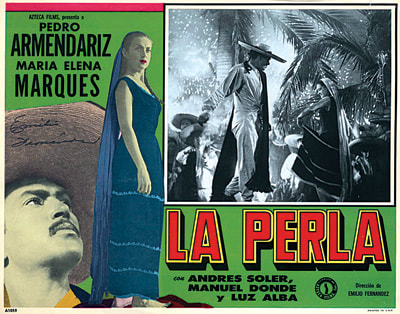|
From May 4 through 6, the Anchorage Museum will screen films from the Golden Age of Mexican Cinema. Produced between 1936 and 1959, the films from this period usually had high production quality and met with economic success.
At the start of World War II, Europe’s and the United States’ economies were in distress, and the little money available was allocated to develop an armaments industry. Mexico remained neutral in the armed conflict, and this position left its mark on the Mexican film production. While other countries were focused on war films, Mexican movies addressed the daily life of the middle and lower classes. Unlike production companies in Europe and the US, the Mexican studios were wealthy. So they could produce films with relatively healthy budgets. During the Golden Age of Mexican Cinema studios released not only stardard fare, such as comedies, romances, and musicals, but also the new charros (traditional horsemen) and rumberas (tropical dancers) films. The Golden Age of Mexican Cinema bequeathed us female stars such as María Félix and Dolores del Río, as well as male icons such as Pedro Armendáriz, Pedro Infante and Jorge Negrete. Mexico owes some of its emblematic images to the films of this period, under the direction of Emilio “el Indio” Fernández, and with the cinematography of Gabriel Figueroa. Las abandonadas, La perla, and Flor Silvestre will be screened at the Anchorage Museum. These showings are part of the activities of the Día del Sol, a festival dedicated to celebrate Mexican heritage. Emilio, el Indio, Fernández Born in Coahuila, México, on March 6th, 1904, El Indio Fernández joined the revolutionary troops of Pancho Villa when he was ten years old. Later he travelled to Chicago and Los Angeles, where he got involved in the film industry. In his own words, “film was a means of expression where a man would take an idea and tell a story.” He returned to México in 1939, when he started his iconic career as a film director. His talent and prolific career established him as one of the pillars of the Golden Age of Mexican Cinema, along with the cinematographer Gabriel Figueroa. Gabriel Figueroa Born on the 24th of April in 1907 in México City, Gabriel Figueroa studied painting in the Academia de San Carlos. In 1932 he began working as a cinematographer and in 1943 he filmed Flor Silvestre, directed by “el Indio” Fernández. This film marked the beginning of the Fernández-Figueroa duo that would give Mexican cinema its temperament, nationalism, and revolutionary taste. |
Las abandonadas
(The Abandoned) Her family abandons Margarita when she gets pregnant by a married man. Wishing to make her son a “great man,” she works at a brothel where she meets Juan Gómez, a supposed revolutionary general that ends up leading a criminal band. When Juan is murdered, Margarita is incarcerated as an accomplice. La Perla (The Pearl) Based on the novel by John Steinbeck, La Perla tells the story of a desperate family. When a scorpion stings the child of Quino and Juana, Quino tries to raise money by selling a pearl. But the gem brings them more trouble due to the envy of their neighbors. Flor Silvestre (Wild Flower) José Luis, a rich young man, falls in love with Esperanza, a peasant girl. José Luis is the son of don Francisco, a landowner who opposes the relationship. Heedless of don Francisco’s opinion, José Luis and Esperanza get married in secret. So the elder disowns José Luis. |



